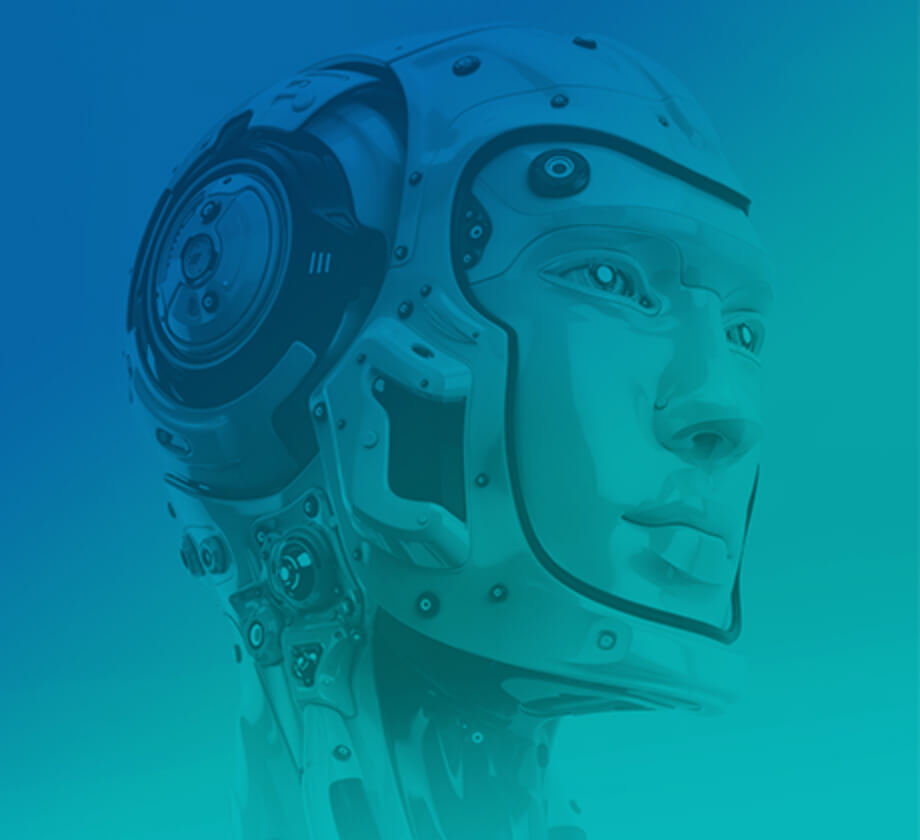Price Optimization
and How it Can Help Your B2B Business Grow
Jump to:
Jump to:
Excel and Manual Price Optimizations Just Won't Cut It
B2B markets have become increasingly complex. In the past, setting accurate pricing for a few products could be accomplished using a spreadsheet. But what happens when you have thousands of products, geographies, industries and customer segments? Without the right price for each unique situation, you can expose your business to serious margin leakage. Price optimization software helps you set the right price and achieve your bottom line objectives.

What is Price Optimization?
Price optimization is the process of using data from customers and the market to predict the outcomes of different pricing strategies. This helps to generate the most effective price to maximize sales or profitability. To balance revenue, retention and growth, you have to understand how much your customers are willing to pay.
Hear from our Chief Evangelist, Gabriel Smith, for specific advantages of Pricefx’s Optimization and Management Software.
Willingness to Pay (WTP) is the maximum price at which your customers will likely buy. It is a crucial factor in setting the best price while also meeting company objectives such as increasing profit margins, customer growth or both. Historically, WTP was difficult to calculate as it required a lot of transactional and test market data. Moreover, new advancements in Artificial Intelligence (AI) have changed this.
Read on to discover what ROI you could expect with Price Optimization Software.


How Machine Learning Helps Price Optimization
AI helps you understand the relationship between your pricing strategy, your competitors’ strategy and your customers’ willingness to pay. In the simplest terms, it gives you a customer perspective of what’s going on by predicting what your customers will do if there is a pricing change.
Machine Learning (ML), a subset of AI, creates a software model of your market that can be tested and improved. This market simulation allows for more complex strategies to be explored and implemented. The models continuously integrate new information to uncover emerging trends and customer demands. The biggest difference between Pricefx’s AI pricing solution and the competition's is the control factor. Our solution allows you to adjust variables to reflect what’s currently happening.






Advantages of an AI Pricing Solution on Your Business
There are a number of benefits of an AI pricing optimization solution. By automating the process, less manual labor is required to calculate prices. This will speed up decision-making and you’ll see more consistency and accuracy in pricing across the organization. Still, the biggest gains are seen in business goals. In fact, one study found that companies using price optimization software enjoyed more than 4x the growth in their annual revenue.
A robust pricing optimization solution can help your business:
- Maximize volume and sales
- Increase profitability
- Drive long-term growth
Find out more about how companies use AI to set up prices.



Do you have any questions about price optimization and how it can help your business?
FAQs About Price Optimization
How Does Machine Learning Help with Price Optimization?
Price optimization solutions allow businesses to predict how buyers will react to different price points and pricing models. These optimization models use machine learning and artificial intelligence tools to set initial pricing, promotional pricing, discount pricing and substitute pricing.
Why Is Price Optimization Needed in B2B?
Price optimization helps B2B businesses set the right price for each unique situation – a process that would be extremely challenging manually. For example, there are many ways a company prices: list, matrices or tiers, customer agreements, spot negotiations, overrides, etc. Add multiple product lines and complex product configurations, and you have an interconnected web of complexity.
What Data Do I Need for Price Optimization?
In particular, you'll need Machine Learning models and key components of price optimization. You'll also require different types of information (structured and unstructured data) to build accurate market simulations, including:
- Customer information – who they are, what they purchased, review results and feedback
- Descriptions of products and services – product details, photos, manufacturing and purchase costs
- Transaction data – who purchased what and for how much
- Event data – purchase paths
- Outside data – market trends, seasonality, weather, etc.
- Competition – prices on similar products if available
What's the Difference between Price Optimization and Dynamic Pricing?
The main difference is that price optimization is used with many different pricing strategies to reach organizational goals, while dynamic pricing is one type of pricing strategy. When using a dynamic pricing strategy, businesses set flexible prices for their products or services based on current market demands or to match their competitor’s price.
How Do I Optimize My Pricing?
To find the right price for your product, one that maximizes value for your customers and profit for you, you need to start with understanding your customers’ behaviour. There are advantages to using AI-powered pricing software. It can help you determine how much your customers are willing to pay. This data can come from customer reviews, churn rates, demographics, surveys, etc.
Once Willingness to Pay for each of your customer segments is calculated, pricing objectives and constraints are established. This helps create a framework that aligns to greater organizational goals. Using this data, optimal target prices are set and implemented. Pricing is an ongoing process, which means continuously monitoring your prices, reviewing results and making adjustments.
What's the Difference Between Machine Learning and Artificial Intelligence (AI)?
AI speaks to computer programs that mimic human intelligence, using logic, if-then rules, decision trees and machine learning. Machine learning is a subset of AI. It enables machines to improve at tasks with experience.
Why Do I Need to Segment My Customers to Optimize Pricing?
It comes down to profit. Optimization begins with segmenting your customer base. Without segmentation, you would have one price and one profit. If you segment and differentiate your pricing, you can potentially increase your bottom line. Machine learning can help you identify your segments and their willingness to pay.
The Price Optimization Process
1. Input Data & Define Pricing Segments
Gather different types of data (customer, product, transactional, etc.)
2. Calculate WTP Per Price Segment
Understand the factors driving Willingness to Pay.
3. Define Objectives & Constraints
Establish rules and limitations to align pricing to business goals.
4. Calculate Optimal Target Price
Optimize price/deal guidance per pricing segment.
5. Analyze Results & Adjust
Review results and suggest changes to segmentation and optimization.
The Four Types of Price Optimizations
A pricing AI solution can help you optimize pricing in four different ways.



1. Single Product Pricing
Single Product Pricing calculates Demand Curves for every product in the market. The Demand Curve is the forecasted quantity sold at every price point. These forecasts can be used to set prices that meet revenue targets as well as set optimal promotional discounts. What's more, they can help you maximize the profit of an entire category by changing the price of a single item.






2. Reaction Pricing
Reaction Pricing predicts the best response to a competitor’s discount. Typically, matching pricing in this scenario is rarely the best response. Competitors are different, and matching them is more likely to result in eating away sales from existing customers who might be considering more expensive items.






3. Multi-Product Portfolio Pricing
Multi-Product Portfolio Pricing can help you increase profitability across a portfolio of products without losing customers or market share. For example, it may tell us to increase the price of one item while lowering the price of another to increase our profit from the same customer without impacting the competition.






4. Strategic Pricing
Over the long term, you want your pricing to match what your customer perceives as the value your brand provides versus your competitors. This strategic pricing is like free money. Profitability from each product line will increase without starting a price war.



Recent advances in big data mean these four types of Price Optimization are more accessible than ever.
Learn More About Price Optimization
Price Optimization: Reduce Revenue Leakage & Drive Profitable Growth
Learn the role of pricing agility in seizing market opportunities, discover secrets to maximize profits, and how to understand and leverage perceived value.
Optimized Algorithmic Pricing on SAP’s App Center
See how our Optimized Algorithmic Pricing (OAP) is perfect for organizations of any size and in any part of the world. SAP customers can now use OAP to gain valuable pricing insights.
11 Key Requirements for Price Optimization Solutions
Constellation Research recently recognized Pricefx as a vendor to consider for pricing optimization solutions. Discover the list of criteria they deemed essential.
Price Optimization Is Simply Good for Business
Speak to a Pricefx expert to learn more about price optimization, how to get started, or ask us any questions you may have.
We’re happy to help.